Action, Plain and (Not So) Simple
An action sequence in comics presents great opportunities and some particular challenges for the artist and the storyteller.
For the artist, it’s a chance to play with pacing– elongating a brief moment by slicing it up in to several small panels is the equivalent to switching into “slow-motion”, for instance. It’s a chance to show off your dynamic figure-drawing skills. Nothing tests an artist’s understanding of anatomy, construction and how a figure moves in three-dimensional space quite as thoroughly as does a vitally active sequence. For the storyteller, it’s both an opportunity and an obligation to convey frenetic, chaotic action while still keeping the story clear. If you’ve ever suffered through a scene in a movie that is so poorly shot and/or edited that the action is unclear and you simply can’t follow what is happening, then you have experienced a failure of storytelling. If you have to ask yourself. “what’s going on here?” then you are no longer experiencing a story, you are trying to solve a puzzle. A puzzle created unintentionally by someone breaking the rules of storytelling.
The best way I know to approach this particular challenge is to think of an action scene as something to be choreographed– where you are staging the figures to flow from one image to the next just as you would if you were blocking out a dance sequence. This keeps the thread– the through line— of the action clearly in focus. With that as your foundation, the particular details of the action– racing through a dangerous landscape, guns blazing, blows landing, etc– add drama and texture to the scene without ever confusing the unfolding events. It also allows you to move the “camera” around throughout the sequence to choose the clearest and most compelling angle for each shot, without ever being in danger of confusing the reader. If, on the other hand, the storyteller focuses on the particular details of an action sequence–a particularly cool explosion, or an awesome piece of high-tech gadgetry, or the blood splattering from an open wound, they run the risk of distracting the reader from the on-rushing flow of events and the action sequence is reduced to bits of drawing. Often luridly graphic and self-indulgent drawing at that.
Another value in keeping that through-line of action clear is that it frees the storyteller from the need to clutter up a scene with unnecessary dialog. If you find yourself compelled to add dialog to explain or enhance the drama of an action sequence, chances are strong that you have used poor choreography in blocking out the scene and you are now reduced to applying “bandages” which will largely prove both awkward and ineffectual. Best to go back and re-stage the action to stand on its own.
This is not to say all copy is unwelcome in action scenes, of course. With Trekker, I’ve often used narrative captions to underscore or counterpoint the action. Dialog, internal or external, can be used to further reveal character or introduce subtext to an otherwise straight-forward action scene. (Jekka’s narrative captions at the beginning of the current fight sequence on page 37, “…there was blood… there was definitely blood” are intended to underscore that while for Mercy and the adults such events are familiar, Jekka remains a youth who is being exposed to some horrors for the first time.The task was to make this point without having to pull away from the main action to do so. That would have arrested the forward momentum of things at a horribly wrong time. So these captions serve the point while allowing Mercy to continue her deadly motions uninterrupted.)
Depending on how “realistically” you want the scene to read, you have to judge how much talking can go on in the midst of frantic action, but at times it is well-justified– as long as it serves the needs of your story. The “rules” I try to play by in Trekker are different from those in some other stories where the bounds of realism can be stretched pretty far without eroding the story. Spider-man’s playful banter in the old Lee comics seemed in keeping with his improbable and fantastic setting. It was almost like he was entering a separate reality when he switched identities from the care-warn, clearly recognizable everyday world of Peter Parker. But that’s a different story, and a different blog post. For Trekker, I’m hoping to stick closer and more consistently to a world that, while perhaps slightly “enhanced” never drifts into the mythic land of the superhero.
Much more to come as “Jekka” continues to unfold. The “red alert” may be about to die down, but the action becomes even deadlier for Mercy and company. Stay tuned!
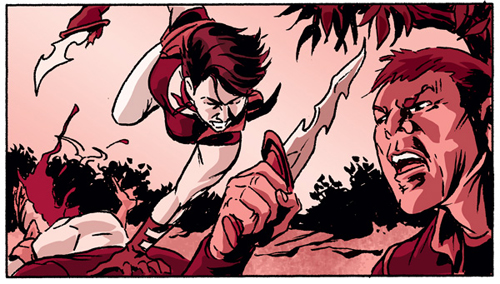
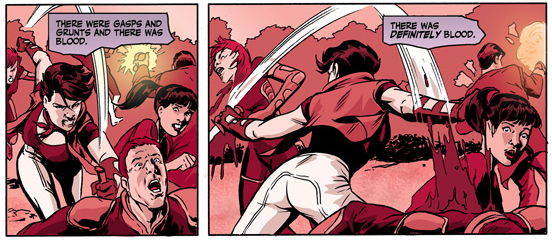


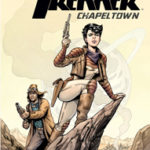
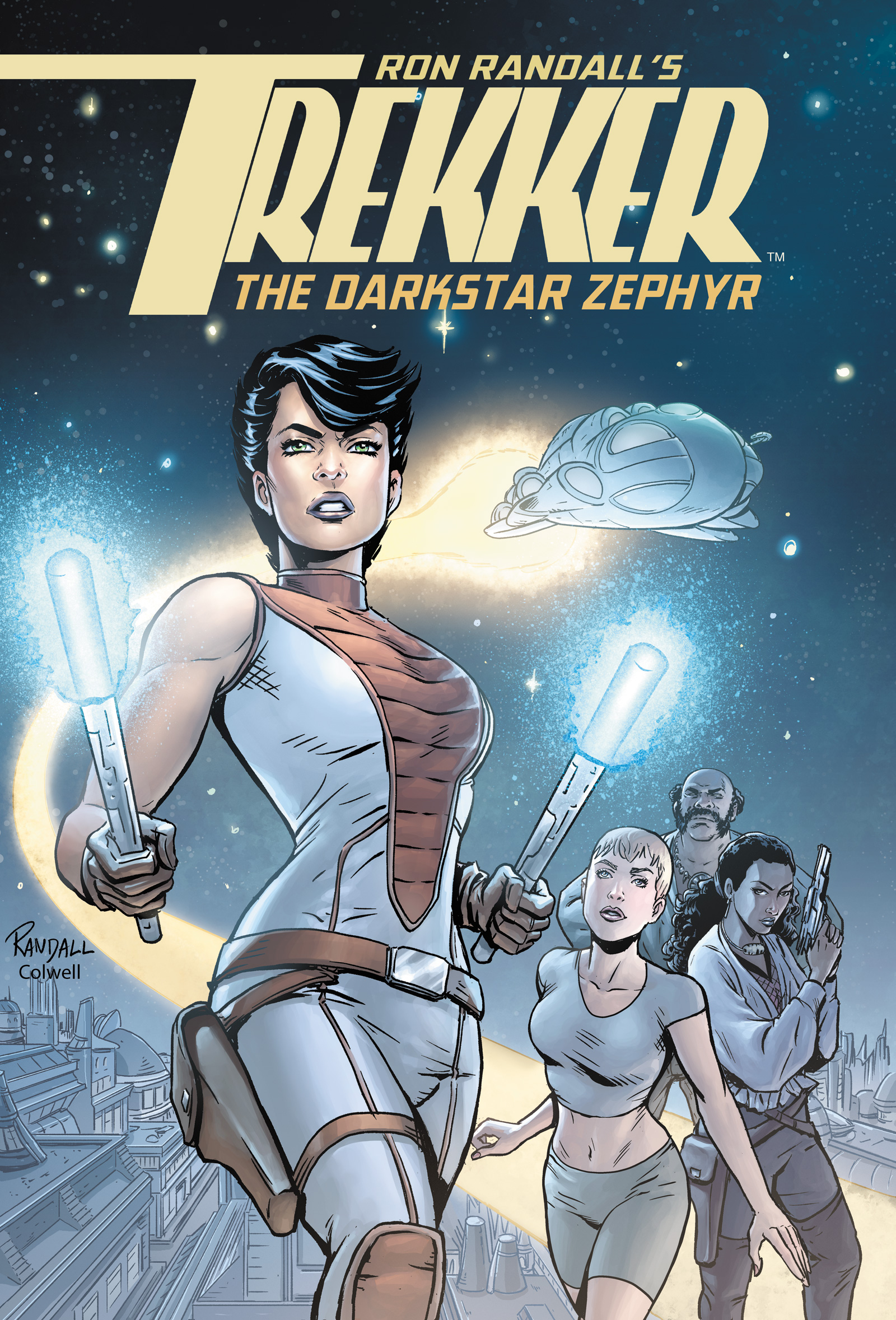

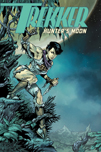
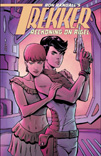

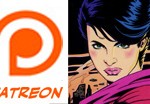

 AL WILLIAMSON
AL WILLIAMSON JEREMY COLWELL
JEREMY COLWELL JOE KUBERT
JOE KUBERT MARK SCHULTZ
MARK SCHULTZ PAUL CHADWICK
PAUL CHADWICK PERISCOPE STUDIO
PERISCOPE STUDIO RonRandall.com
RonRandall.com THOMAS YEATES
THOMAS YEATES FAMILY MAN
FAMILY MAN MAD GENIUS COMICS
MAD GENIUS COMICS PERILS ON PLANET X
PERILS ON PLANET X QUANTUM VIBE
QUANTUM VIBE THE LAST DIPLOMAT
THE LAST DIPLOMAT THRILLBENT
THRILLBENT TRANSPOSE OPERATOR
TRANSPOSE OPERATOR
Thanks, Mike, and I certainly hear you on Stan’s wordiness on Spidey. He did rattle on, didn’t he? I suppose to the extent that it worked at the time (and clearly it worked for a LOT of kids reading), it was largely due to Stan’s sheer over-the-top flare. Come to think of it, that probably has a lot to due with his over-all success as well (coupled, of course, with working with like a few comics geniuses like Jack Kirby, Ditko, Romita, Heck…. the list goes on). But yes, I’m working with a quite different sensibility on Trekker. Viva La Difference, right?
Another interesting look at your creative process…thanks! As I mentioned in my last comment, I always thought Spider-Man’s dialogue was a little unrealistic…not the content (I liked the fact that Peter got more confident when he wore the mask), but because there was just too much of it; if you try acting out the fight scenes in the old Spidey comics (and yes, I actually used to do that!) you find that there’s just not enough time between scenes for all the dialogue. The bad guy would have to literally pause in the middle of the fight and wait for Spidey to finish, before throwing the next punch! Not something most supervillains would do willingly 🙂
That’s one of the things I like about Mercy…she saves her energy for kicking ass.